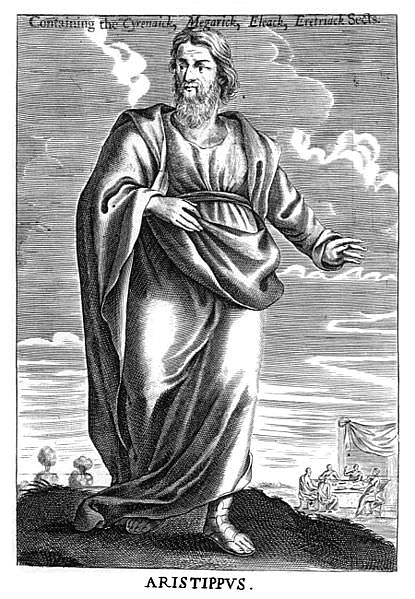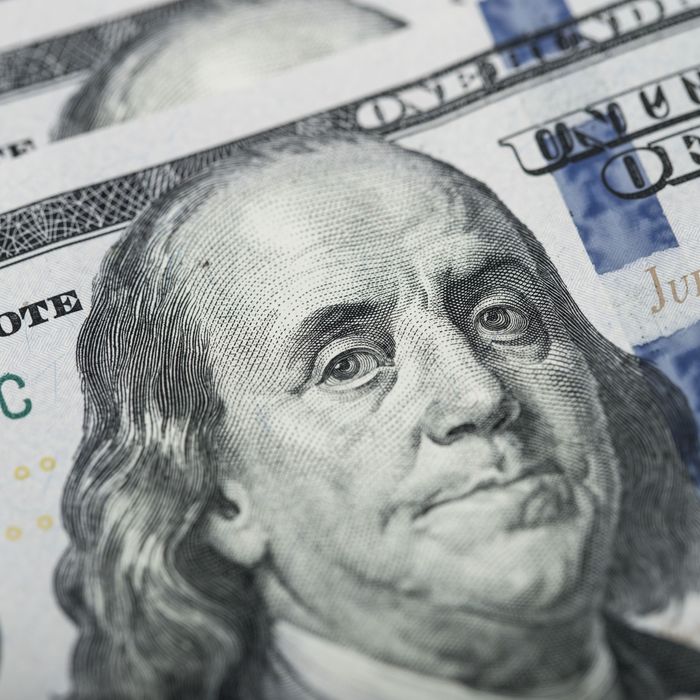“You must have a cigarette. A cigarette is the perfect type of a perfect pleasure. It is exquisite, and it leaves one unsatisfied. What more can one want?” (Wilde).
From luxury cars, exquisite furniture, beautiful pieces of art hanging on the walls, designer jewelry, high fashion clothing, and maybe even golden toilets, many of the wealthy members of society today seem to always make their most bold attempt to showcase not just how rich they are, but how rich they can make people think they are. Taking to social outlets, certain social celebrities even post videos and pictures simply to flaunt their glamorous lifestyle. These ideas of grandeur, flamboyance, and elegance all fall under the umbrella of opulence, which can simply be defined as having great wealth and living in great luxury. In Oscar Wilde’s The Picture of Dorian Gray, Wilde uses this idea of opulence to demonstrate the excesses of a Hedonistic lifestyle.
Throughout history, philosophers and various societies have all held differing views on opulence and the excessive lifestyle. Whenever one hears of great figures such us Lao Tzu, Buddha, Jesus, Muhammad, and Gandhi, the first thing that most likely comes to mind is simplistic lifestyle they all lived. Oftentimes, living frugally is connected with “morality”, “purity”, or “religiousness,” as many of the great philosophers have believed that it is overall beneficial or even divine for one to live without many material possessions. However, there have also been many throughout history who have criticized this notion.
Dorian and Lord Henry’s Hedonistic approach to life may have been most influenced by the Greek philosopher Aristippus, who was a follower of Socrates but rejected his ideas on what comprised a fulfilling life. As Aristippus saw it, the real goal of life was to seek pleasure and act upon one’s impulses. As such, Aristippus constantly dressed and danced as a woman in order to flatter King Dionysius of Syracuse, and did whatever it took to secure the bag. What should be noted from this is that Aristippus “believed that his clearheaded devotion to pleasure, and his indifference to convention or moral constraints, made him a free man,” (Westacott).
Although his ideology is at first embraced by Dorian, it can be seen that instead of making him more liberated, it has only constricted him further. On the surface, it seems as if Dorian is a charming, young man who indulges in all his pleasures as he sees fit. He doesn’t seem to care about the validity of his actions, as he even gloats to Basil about how he “shall look [corruption] face to face” (Wilde) when he looks at the sins plastered on his own “perfect” portrait of Dorian. However, what he lacks from Aristippus is the indifference towards moral and conventional constraints. Throughout the novel, as his soul sours on the face of the painting, Dorian spends all his time and energy covering his portrait and maintaining his lavish lifestyle in order to maintain the facade of his perfect life. He also keeps the portrait hidden away to keep his one true secret hidden: his homosexuality. In fact, an interesting question posed by Oscar Wilde is if one can even reach Aristippus’s ideals. Is it possible to not feel any remorse? Even the most corrupted of souls must wonder about their sins at some point of time. Ultimately, it is Plato’s point of view that rings true: “like Socrates, he believes it is impossible to be happy if one lacks moral virtue” (Westacott). While Dorian tries to use opulence and his regal fashion to make up for the lack of a soul, philosophers such as Plato and Socrates believe that it is actually wealth which causes the degradation of the soul. Wilde conveys the growing dissatisfaction that occurs when one indulges in excesses.
Also under the umbrella of opulence is the idea of aestheticism. Aesthetic mediums are widely used as a form of expression, namely expression of one’s wealth. The Picture of Dorian Gray takes to various outlets to express such an abstract idea. A central focus, aestheticism is prominent in the imagery depicted by various characters. Even Dorian himself is described aesthetically, as characters such as Basil describe him as having "finely-curved scarlet lips," "frank blue eyes," and "crisp gold hair" (Wilde). Of course, the focused representation of self-image and visual appeal is the picture itself. It truly shows the conflict that may arise when a desire for appeal meets a moral compass. Critics of the book have also identified the painting as a cross section of morality and an aspiration for appeal. “[The painting] comes into being through a process of mutual interaction or dynamic relationship that issues between the artist, the object/ sitter, material surroundings and the viewer, all of which together account for its performative force” (Sureshan). The painting by nature is conceived by a combination of all the forces acting upon it including Basil, Dorian, their immediate community, and society.
While the painting at face value is a static object serving as a beautiful work of art to be flaunted to others, it is also a representation of an active conscience, guiding Dorian’s moral compass. Sometime his inclination is to commit a murder, and at other times it may be to become a better person. With this extended metaphor, Oscar Wilde shows that Dorian’s choice of a hedonistic lifestyle ultimately remains inconsistent with his ideal of morality.
Even today, in the modern age, opulence is valued higher than ever, both as a societal standard and as a market share. According to market researchers, the global aesthetic services market, which consists of cosmetic and correctional services such as acne removal, plastic surgery, fat removal, scar treatment, etc., is expected to reach $23.3 billion by 2026. “Growing wealth of citizens and rising pressure to maintain physical appearance in a social media dominated world are prompting individuals to opt for various surgical and non-surgical aesthetic treatment services” (“Global Aesthetic”). Similar to Oscar Wilde’s depiction of opulence and aestheticism in the Victorian Era, people of the modern day have a similar desire to look good for social media. Influencers on Instagram and Tiktok pay copious sums of money simply to maintain their physical appearance. While Dorian Gray takes on a different approach to this idea, it remains proportionally valuable throughout history and in the modern age.
It is widely agreed upon that Oscar Wilde’s The Picture of Dorian Gray was beyond its time in numerous ways, but it takes on many similar traits as the modern age when it comes to this complex idea of opulence. Even today, people still question the morality of a hedonistic lifestyle. Politicians left and right struggle to balance their duties and their thirst for pleasure and wealth, causing corruption in our government. Celebrities misuse or overuse wealth, creating controversies amongst fans. Many may argue that the search for pleasure gives life fulfillment and satisfaction, but if not pursued within the limits of morality, it can be a dangerous and uncontrollable desire. Opulence then becomes a social barrier, dividing us further on the basis of how we present ourselves, whether it may be by virtuous or immoral means.
Works Cited
Close-Up of One Hundred Dollar Bill.
pyxis.nymag.com/v1/imgs/3b9/f6a/bf4a8f1a2b913d405c5acd17c6c9e6cb3c-28-franklin-
bill.rsquare.w700.jpg. Accessed 14 June 2022.
Davies, Roger. A Picture of the Smith Family in Front of Their Home. Architectural Digest, 31
Aug. 2011, www.architecturaldigest.com/story/will-and-jada-pinkett-smith-home-article.
Accessed 14 June 2022.
Dorian Gray. s26162.pcdn.co/wp-content/uploads/sites/2/2021/07/Dorian-Gray.jpg. Accessed 14
June 2022.
Illustration of Astrippus. World History,
www.worldhistory.org/img/r/p/500x600/2928.jpg?v=1631560502. Accessed 14 June
2022.
Lao Tze. The Famous People, www.thefamouspeople.com/profiles/images/lao-tzu-laozi-9.jpg.
Accessed 14 June 2022.
Plastic Trend Thumb. i0.wp.com/images-prod.healthline.com/hlcmsresource/images/News/general-
health/031717_plastictrend_THUMB_LARGE.jpg?w=1155&h=1528. Accessed 14 June 2022.
ReportLinker. "Global Aesthetic Services Market to Reach $23.3 Billion by 2026." Yahoo Finance, 2 June 2022, finance.yahoo.com/news/global-aesthetic-services-market-reach-
122100178.html?guccounter=1. Accessed 14 June 2022.
Sureshan, Aiswarya, and M. Raja Vishwanathan. "The Living Dead and the Logic of
Performativity: An Analysis of the Picture of Dorian Gray." Language in India, vol. 22,
no. 4, Apr. 2022, p. 89+. Gale Academic OneFile,
link.gale.com/apps/doc/A703338260/AONE?u=lom_troyhs&sid=bookmark-
AONE&xid=ce579da4. Accessed 14 June 2022.
Westacott, Emrys. "Philosophers Who Like Stuff." Humanities, 2017,
www.neh.gov/humanities/2017/fall/feature/philosophers-who-stuff-0. Accessed 14 June
2022.
Wilde, Oscar, and Peter Ackroyd. The Picture of Dorian Gray. Harmondsworth, Penguin, 1949.






Comments
Post a Comment